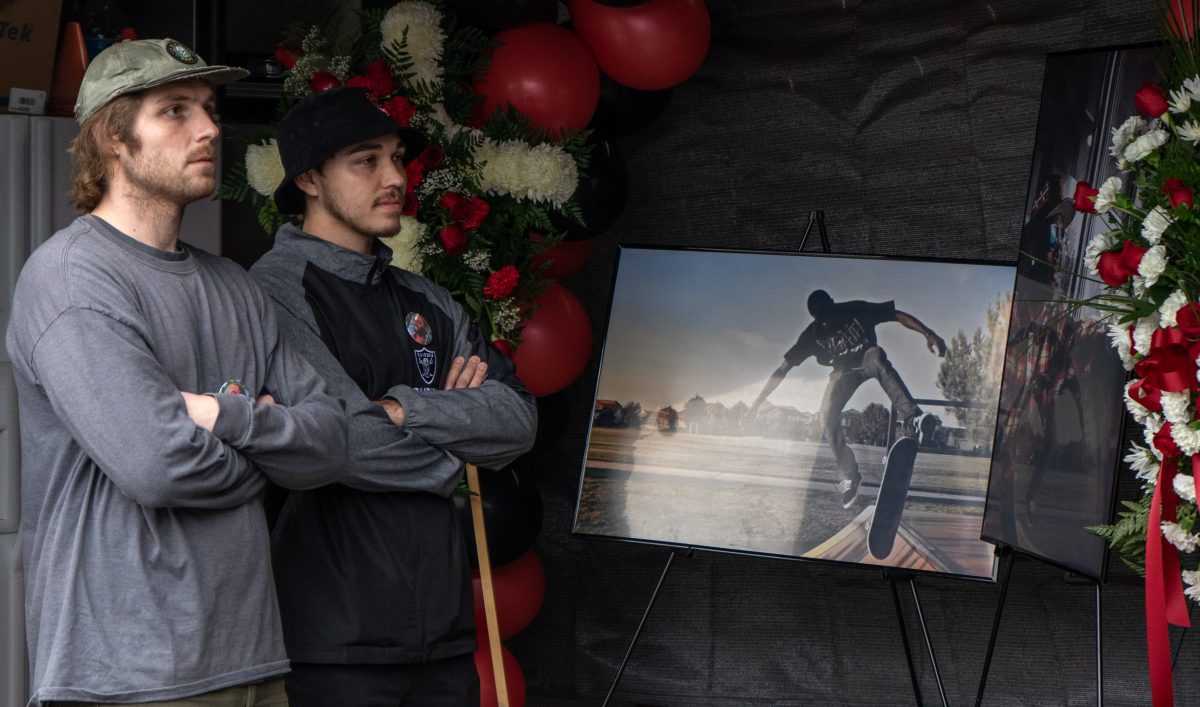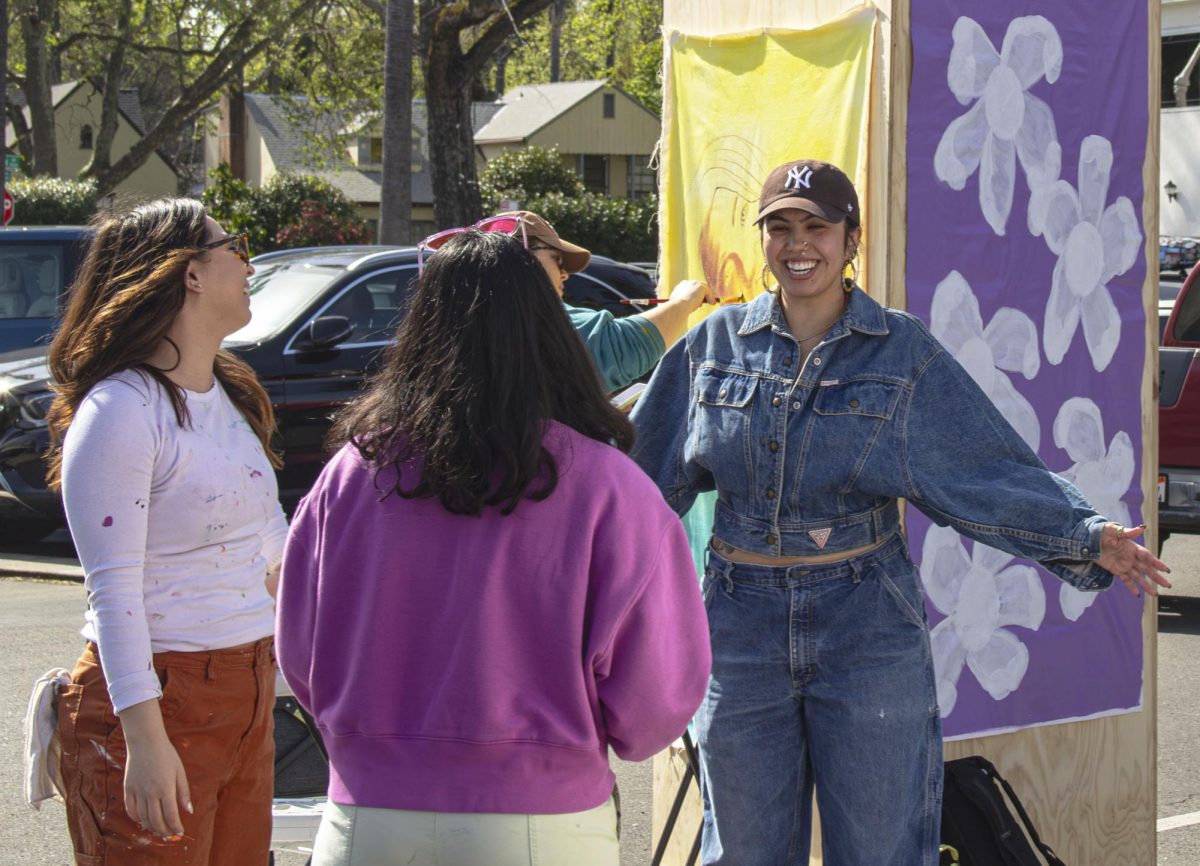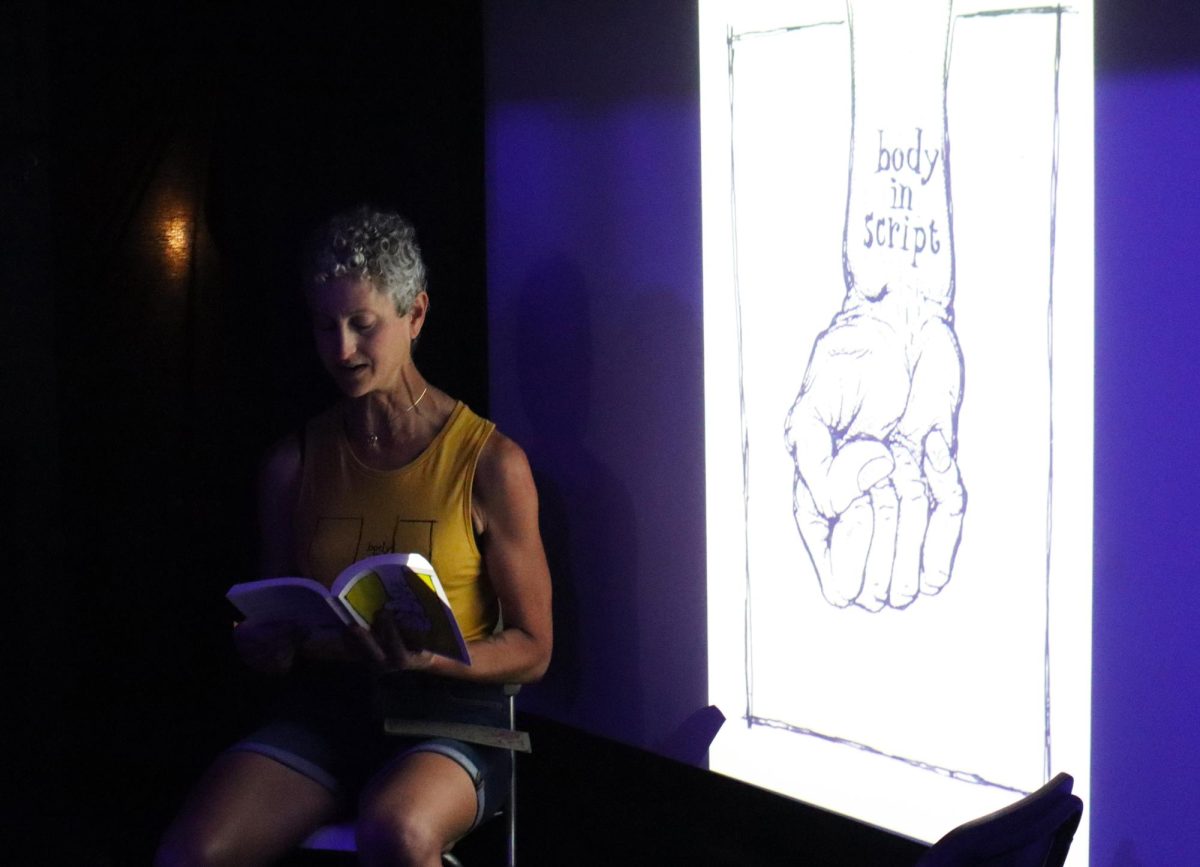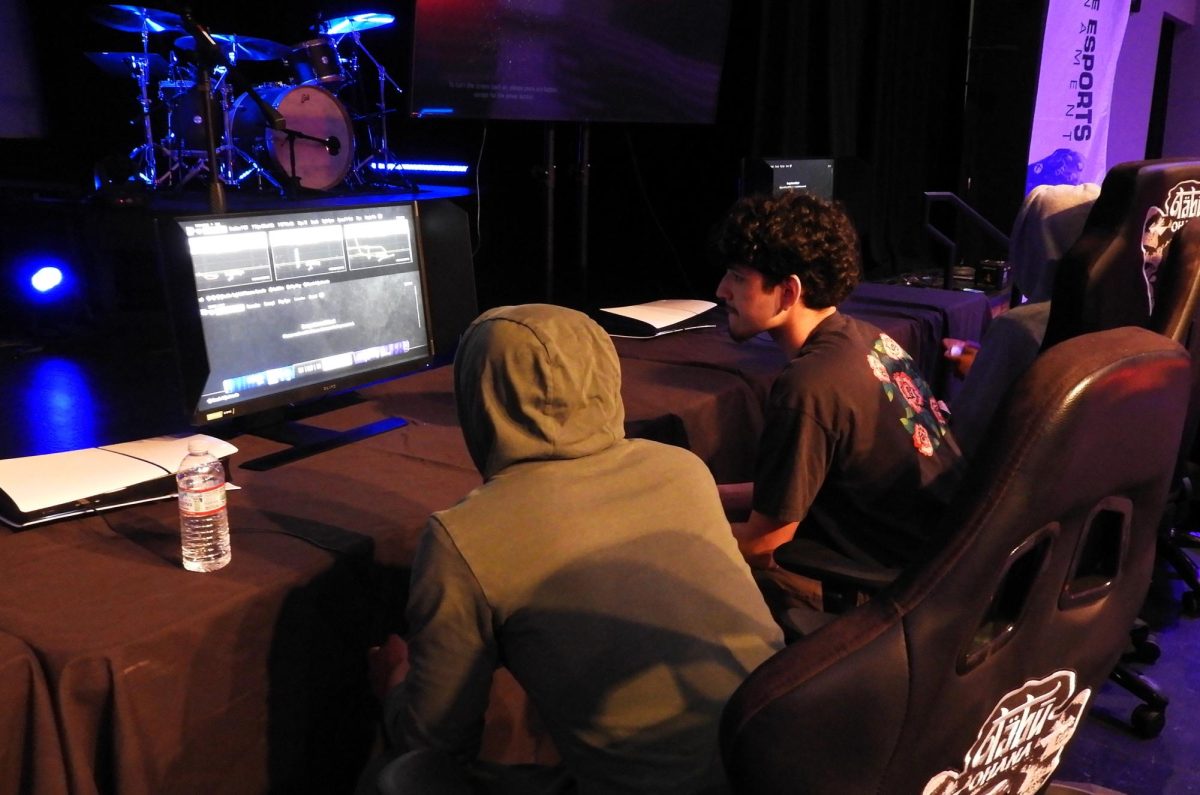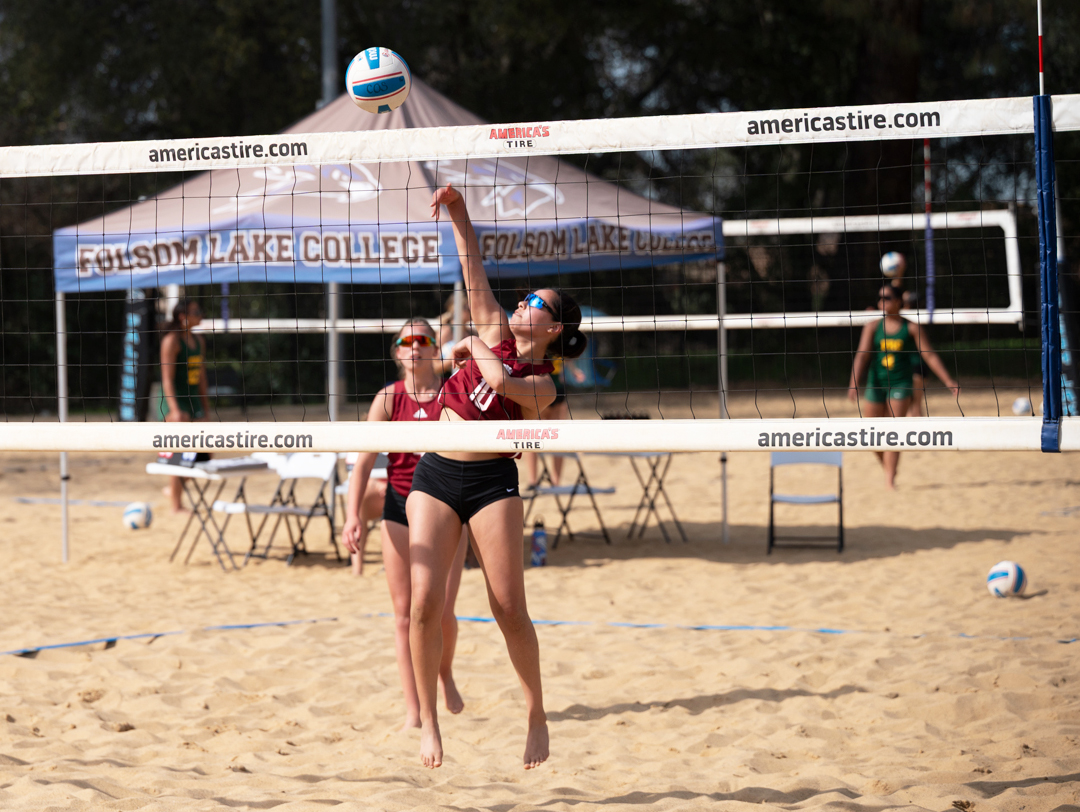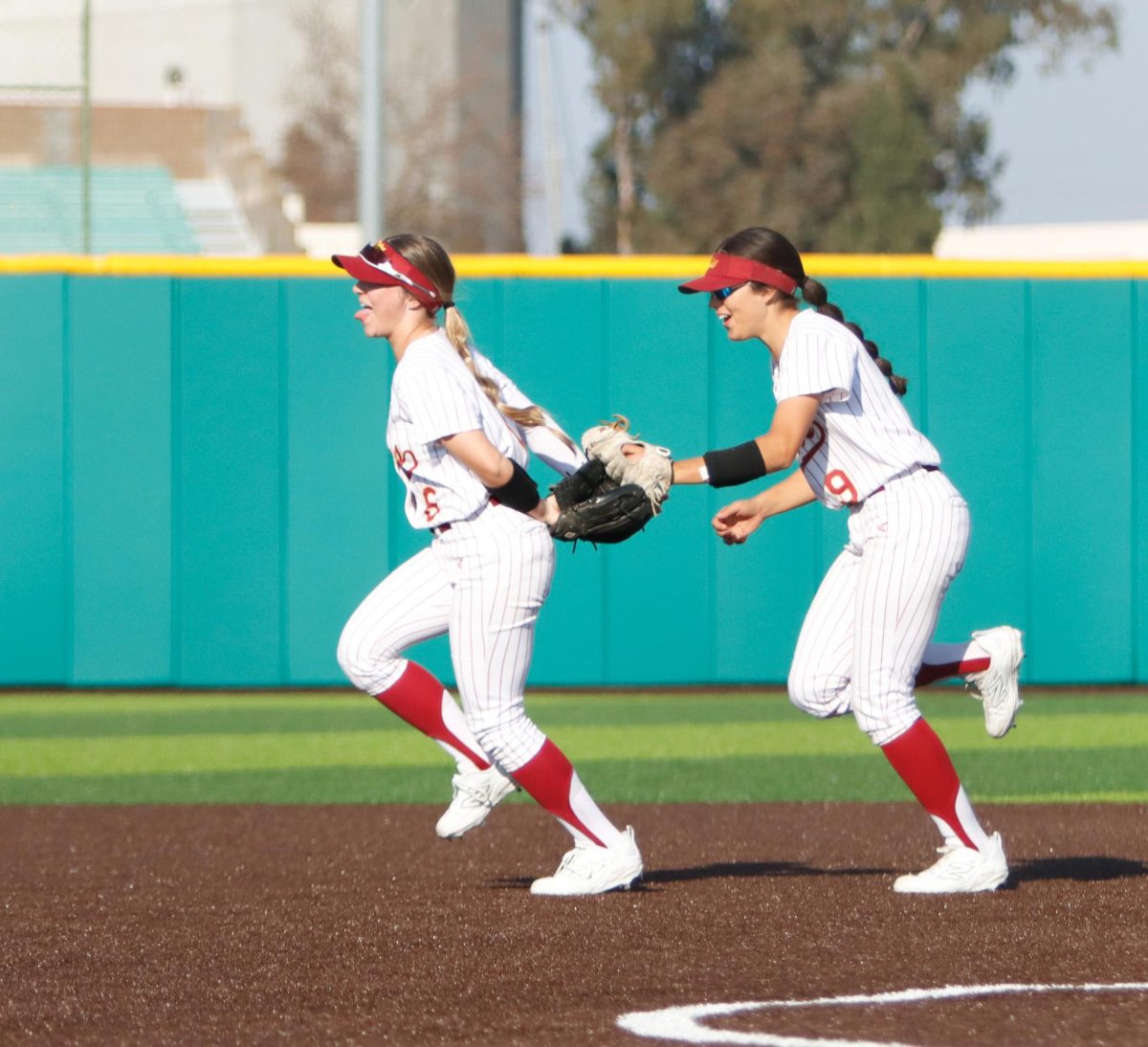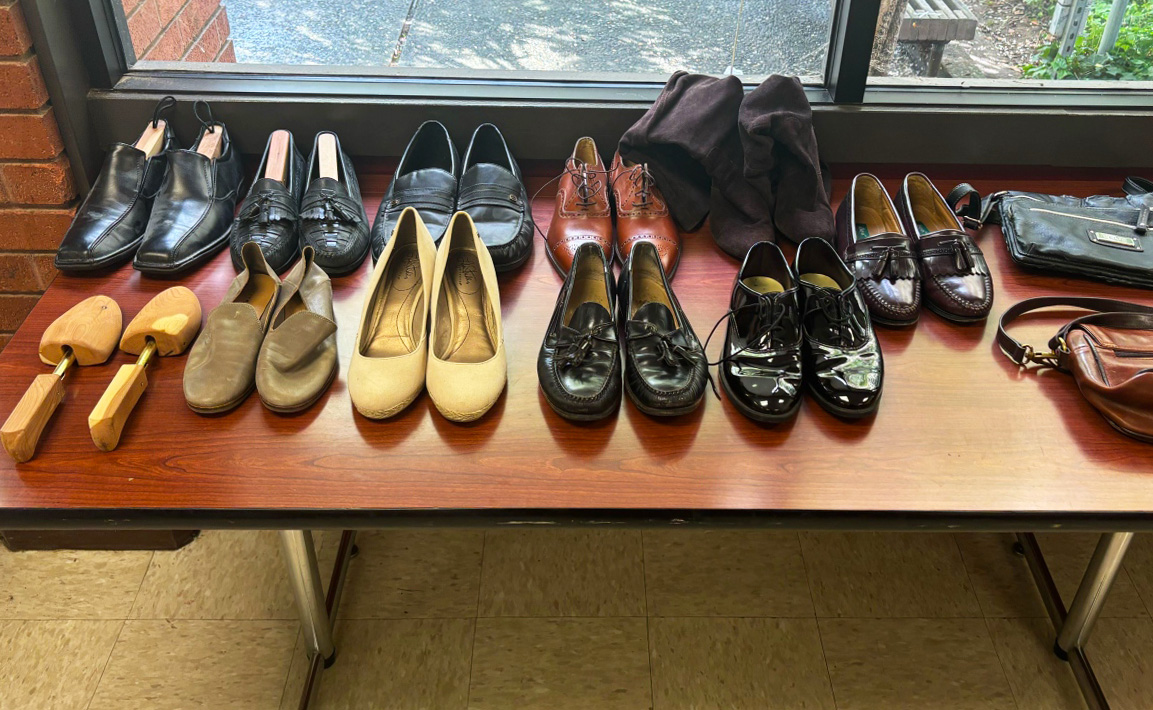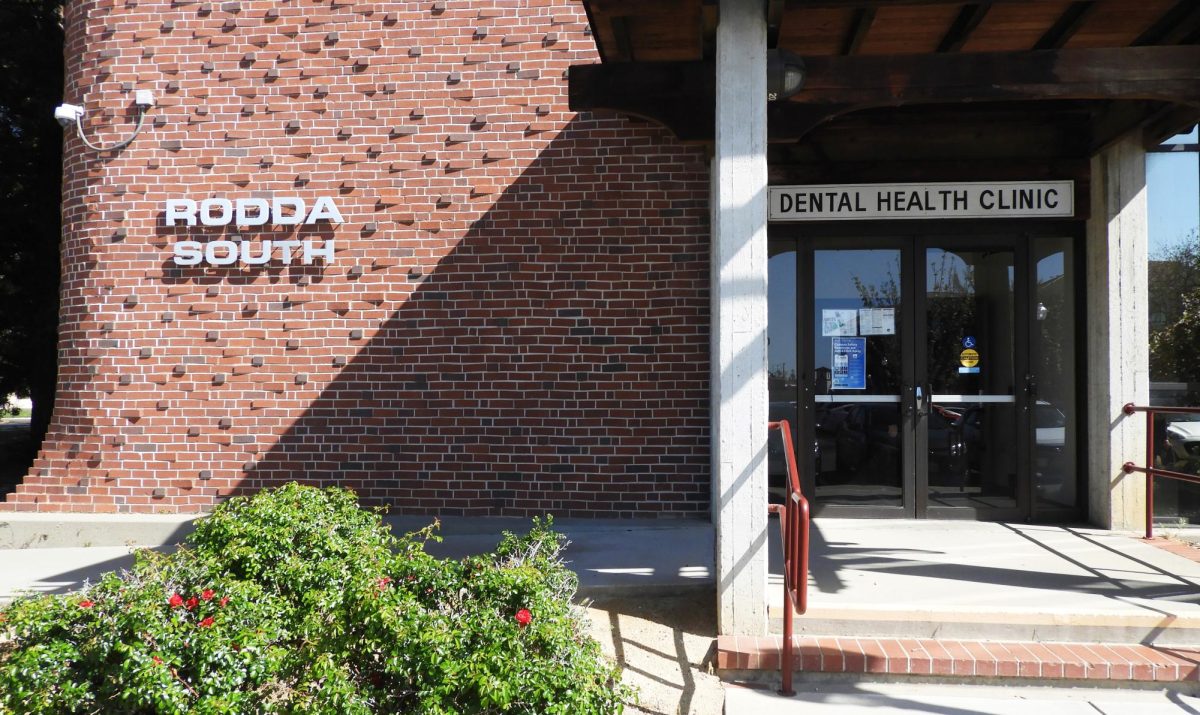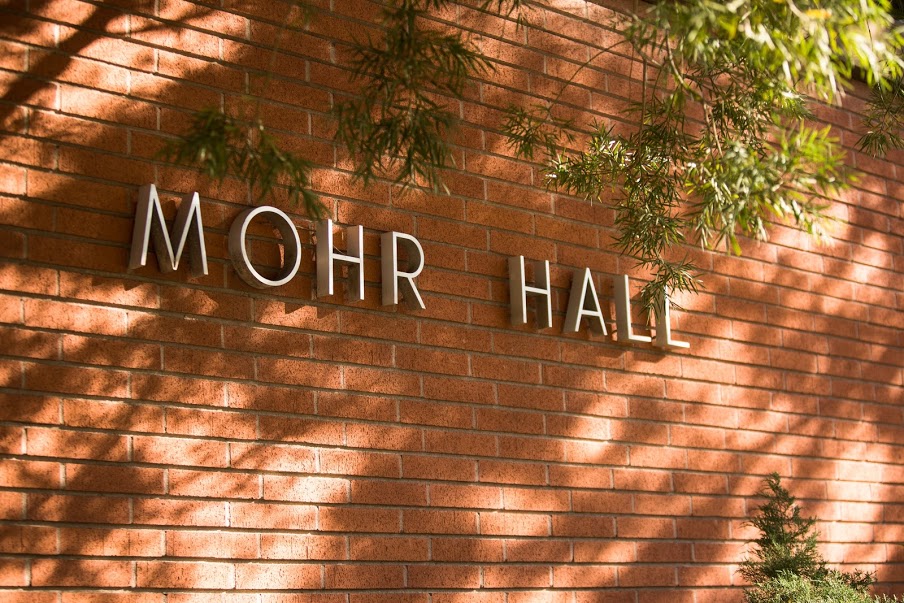Casandra Garcia
Features Editor
czgarcia.express@gmail.com
A building whose steel and concrete walls once resonated with students’ voices and quick footsteps now stands silent and dark with a sign on the front door that says “closed.” Soon, a new building will replace the 56-year-old Mohr Hall.
Plans to demolish Mohr Hall have been in place since a project called the Big Dig began in July 2016. The purpose of the multiple-phase construction project was to replace water, electric, gas and telecommunications on campus.
The current plan is to begin Mohr Hall’s demolition in June if the building’s new design is approved, according to Vice President of Administrative Services Carrie Bray.
The new building’s design plan has yet to be approved by the Department of State Architects, Bray says, though it is expected to be approved in March.
Like everything else, buildings have a lifespan and Mohr Hall was reaching the end of its life cycle, according to Margaret Lednicky, director of City College Operations.
“The building was old, and we had what we needed,” says nursing professor Laurie Sheppard. “But it’s time for the new building.”
Sheppard teaches first semester registered nursing classes and has been a part of City College’s faculty since 2000. She and others who worked there were well aware that Mohr Hall no longer provided optimal teaching conditions.
“There were some problems with leaking from the roof, and water was coming up from underneath the classrooms,” says Sheppard.
Professors were able to meet with architects and laboratory design specialists to address the issues present in the building so those issues could be resolved.
“We did give them feedback, and I think that they were really interested in the people that were in there (Mohr Hall) using the space,” says geology professor Kathryn Stanton.
Stanton says she taught in Mohr Hall for 13 years. However, her connection with Mohr Hall dates beyond her teaching years.
“I didn’t just teach in Mohr Hall,” says Stanton. “I was actually a student there.”
Stanton took her first geology classes in Mohr Hall, so the impending demolition leaves her with a bittersweet feeling.
“I literally took my first geology classes in the same classrooms that I ended up teaching in,” says Stanton.
“Although the building had problems, we all sort of loved the building kind of like you would love an old pet that you’ve had for a long time and isn’t perfect anymore,” says Stanton.
Mohr Hall was built in 1962 to honor the memory of the City College’s fourth president, Dr. J. Paul Mohr.
Mohr became president of City College in 1949, succeeding Dr. Nicholas Ricciardi and leaving his position as the vice president of the City College of San Francisco. During his administration, Mohr was responsible for the construction of the technology and cosmetology buildings. He was also the founder of the nursing program at City College. Mohr’s presidency ended in 1956 after he died of a heart attack.
Since Mohr Hall’s closure, the nursing, allied health and physics departments have been displaced to temporary buildings on the north side of campus and along Hughes Stadium.
“The actual physical move happened very quickly, but then we had to undo boxes and arrange furniture,” says Sheppard. “We spent a lot of time organizing and moving our stuff and getting our stuff set up.”
For some professors, the move from one building to another was not as simple.
“As the local geology professor, I got to help move and organize the move for all of our geological collections,” says Stanton. “So that’s thousands of pounds of rocks and fossils and minerals.”
Accommodating to the limited space provided by the temporary buildings was another challenge.
“Our space got cut down by so many feet, so we have less space,” says Sheppard. “We had to get creative on where to put things and optimizing them for the experience for the students.”
While supply and storage space was limited, the nursing program enjoys additional classroom space and a spacious simulation lab.
“Our simulation lab was a small room, so we weren’t able to have a full, spacious lab like other campuses,” says Sheppard.
“This room is twice the size than the one we had in Mohr Hall,” says Sheppard about the simulation lab in the temporary buildings.
Although quite stressful, the move into the temporary buildings led to the creation of new bonds among the people in the occupational therapy, physical therapy and nursing programs.
“We’ve had to solve a lot of issues, but it has brought us closer to occupational therapy and physical therapy because we’ve had to solve problems together,” says department chair of nursing Glennda Wagner.
In addition to faculty and staff, students became essential during the move. Students helped pack boxes in Mohr Hall and transfer them to the temporary buildings.
“The students did a fantastic job,” says Stanton. “It would not have happened without the students.”
Mohr believed that community college was a place to guide undergraduate students through the number of studies available towards a higher education, according to historical documents in the City College Special Collections. Wagner said that she makes sure that no matter the obstacle, she will make sure to create the best learning experience for City College students.
“Despite the not-so-optimal teaching and learning environment, we’re still putting out the best nurses in town,” says Wagner.
Faculty say that they remain hopeful that the challenges of moving and occupying the temporary buildings will pay off in the end.
“We are very excited to have a new facility with the technology that we need for what the students need to experience for their educational path,” says Sheppard.


